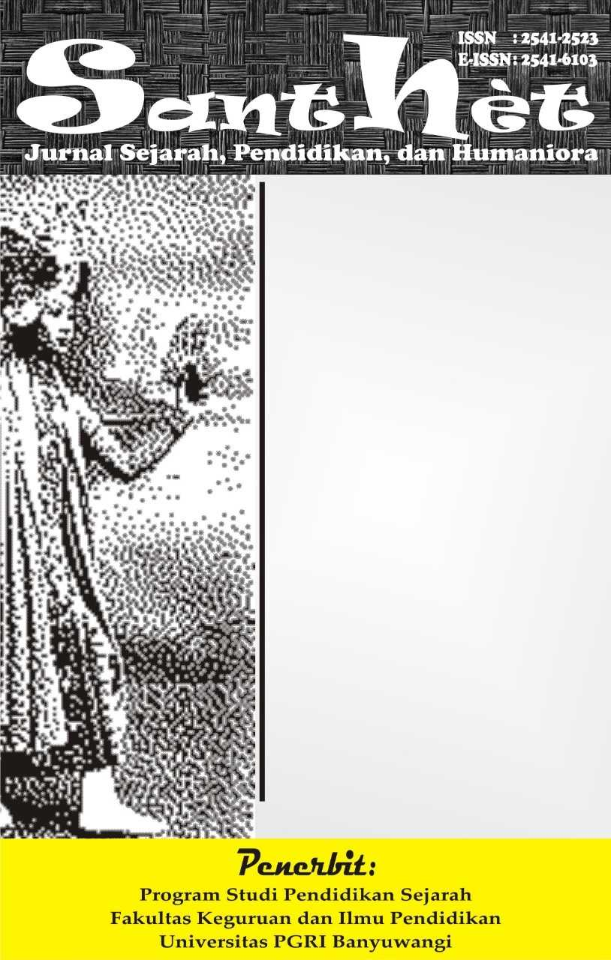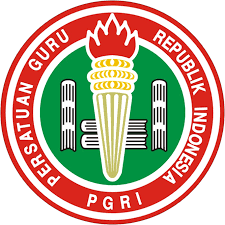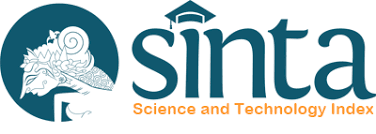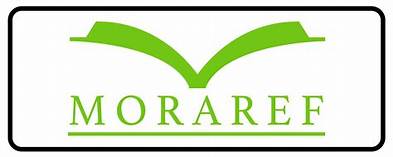DIGITAL COPYWRITING ELEMENTS IN TAYLOR SWIFT'S 'FOLKLORE' ALBUM ON INSTAGRAM
DOI:
https://doi.org/10.36526/santhet.v9i4.5657Keywords:
Digital Copywriting, Copywriting Elements, Album Promotion, Taylor Swift, folkloreAbstract
The digital music industry has undergone transformative changes in the last decades, evolving from physical sales dominance to streaming supremacy. This evolution has fundamentally altered not only how music is consumed but also how it is marketed and promoted. In this study, the researcher focuses on how Taylor Swift worked on her album called ‘folklore’. To examine how the copywriting approach for ‘folklore’ represents an evolution in Taylor Swift’s marketing strategy compared to her previous albums, and identify how copywriting formulas were strategically implemented on Instagram promotional platforms for the ‘folklore’ album. This study applies a qualitative approach that allows the researcher to explore Swift’s work while acknowledging the understanding in discourse analysis in digital copywriting. Taylor Swift applied many copywriting approaches, including liking, scarcity, authority, future pacing, and consistency, combined with structured formulas such as AIDA, Before-After-Bridge, 4Cs, and SELWAB. Otherwise, the AIDA Formula and Consistency Approach dominate the copywriting elements of Taylor Swift’s.
References
Baym, N. K. (2018). Playing to the crowd: Musicians, audiences, and the intimate work of connection. New York University Press.
Belch, G. E., & Belch, M. A. (2021). Advertising and Promotion: An Integrated Marketing Communications Perspective (12th ed.). McGraw-Hill Education
Bly, B. (2010). Handbook of Secret Copywriting Formulas: Proven Ideas For Increasing Response Offline and Online. River Vale: Center for Technical Communication.
Chaffey, D., & Ellis-Chadwick, F. (2019). Digital marketing. Pearson uk.
Chen, S. et al. (2020). The effects of brand origin and country-of-manufacture on consumers’ institutional perceptions and purchase decision-making. International Marketing Review, 38(2), 343–366. https://doi.org/10.1108/IMR-08-2019-0205
Cialdini, R. B. (2001). The Science of Persuasion. Scientific American, 284(2), 76–81. http://www.jstor.org/stable/26059056
Conger, J. A. (2008). The necessary art of persuasion. Harvard Business Review Press.
Cresswell, J. (2013). Qualitative inquiry & research design: Choosing among five approaches.
Fournier, S., & Avery, J. (2011). Managing brands by managing brand relationships. Perspectives on brand management, 1(1), 225-248.
Govind, S (2023, December 18th). A quick 2-min guide to AIDA copywriting framework (with example). Retrieved from https://shyamgovind.com/blogs/aida-copywriting-framework/
Govind, S (2024, January 22nd). Write a kickass email copy: BAB copywriting formula (with examples). Retrieved from https://shyamgovind.com/blogs/bab-copywriting-formula/
Govind, S (2024, January). SSS framework: How to write a compelling story in a copy (with example). Retrieved from https://shyamgovind.com/blogs/sss-copywriting-framework/
Holt, D. B. (2004). How brands become icons: The principles of cultural branding. Harvard Business Press.
Huberman, A.M. & Miles, M.B. (1894). Qualitative Data Analysis. Beverly Hills: Sage.Kumar, B., & Sharma, A. (2022). Examining the research on social media in business-to-business marketing with a focus on sales and the selling process. Industrial Marketing Management, 102, 122-140.
Kotler, P. and Keller, K. (2009). Marketing Management. Global Edition, Pearson Education Inc., Upper Saddle River.
Maghfiroh, G. I, & Chairil, A. M. (2024). ANALISIS SWOT COPYWRITING IKLAN YOUTUBE GOSEND X ARIEL NOAH : POTENSI DAN TANTANGAN MENINGKATKAN KUALITAS IKLAN. Jurnal Ilmu Komunikasi UHO : Jurnal Penelitian Kajian Ilmu Sosial dan Informasi, 9(3), 590 – 610. http://dx.doi.org/ 10.52423/jikuho.v9i3.238
Mališević, M. (2024). Copywriting as a creativity tool in marketing (Doctoral dissertation, [M. Mališević]).
Montoya, P., & Vandehey, T. (2002). The personal branding phenomenon: realize greater influence, explosive income growth and rapid career advancement by applying the branding techniques of Michael, Martha & Oprah. Peter Montoya.
Newman, B. I. (2002). The role of marketing in politics. Journal of Political Marketing, 1(1), 1-5.
Papadatos, C. (2006). The art of storytelling: How loyalty marketers can build emotional connections to their brands. Journal of consumer marketing, 23(7), 382-384.
Patton, M. Q. (2002). Qualitative research and evaluation methods (Vol. 3). Sage.
Schroeder, J. E. (2005). The artist and the brand. European Journal of Marketing, 39(11/12), 1291-1305.
Shin, S., & Kim, S. (2025). Niche analysis of competition among music streaming services in Korea. Telecommunications Policy, 102904.
Soules, M. (2015). Psychology of Influence. In Media, Persuasion and Propaganda (pp. 96–118). Edinburgh University Press. http://www.jstor.org/stable/10.3366/j.ctt1g09zzm.11
Tellis, G. J. (2003). Effective advertising: Understanding when, how, and why advertising works. Sage Publications.
Tiago, M. T. P. M. B., & Veríssimo, J. M. C. (2014). Digital marketing and social media: Why bother?. Business horizons, 57(6), 703-708.
White, S. (2018). Taylor Swift and the 1989 album release and fanbase response parasocial relationship study (Doctoral dissertation, California State University, Sacramento).
Wong, L. P. (2008). Data analysis in qualitative research: A brief guide to using NVivo. Malaysian family physician: the official journal of the Academy of Family Physicians of Malaysia, 3(1), 14.
Zhang, Z. (2022). Research on Music Album Sales and Commercial Economic Value: Taking Taylor Swift as Evidence. In the 2022 2nd International Conference on Economic Development and Business Culture (ICEDBC 2022) (pp. 3-8). Atlantis Press.





























